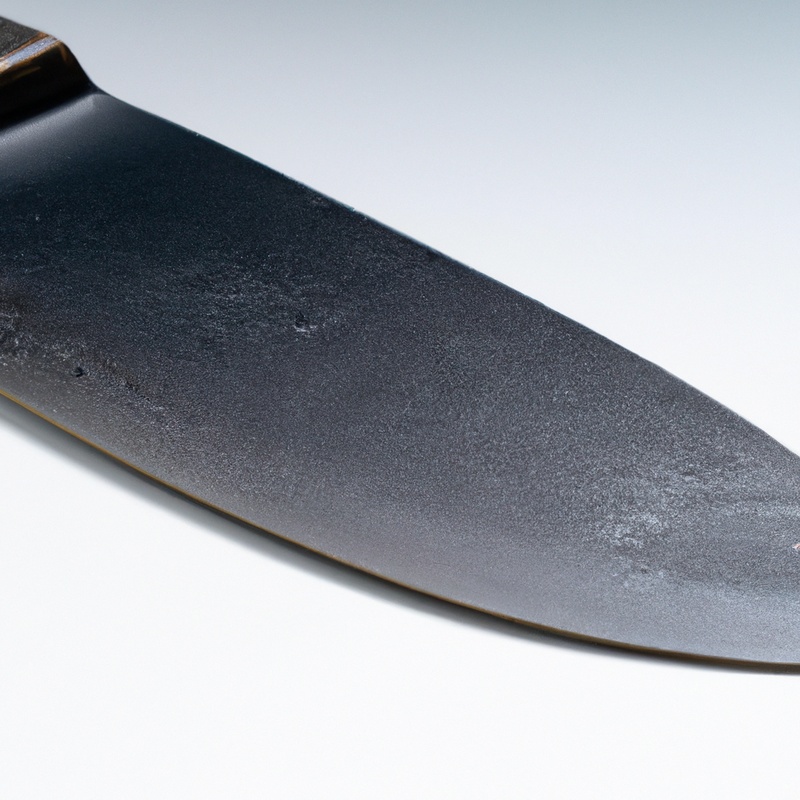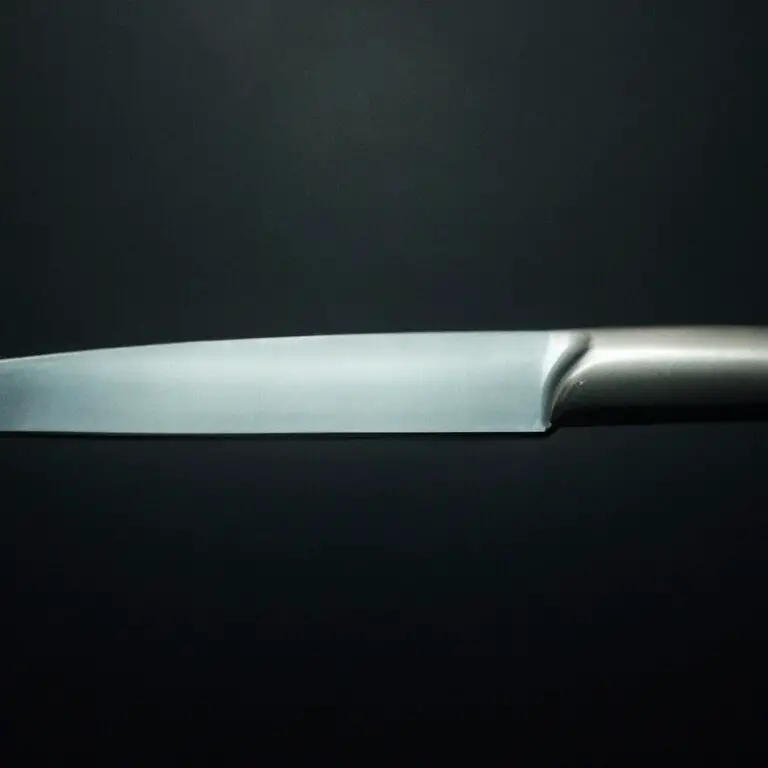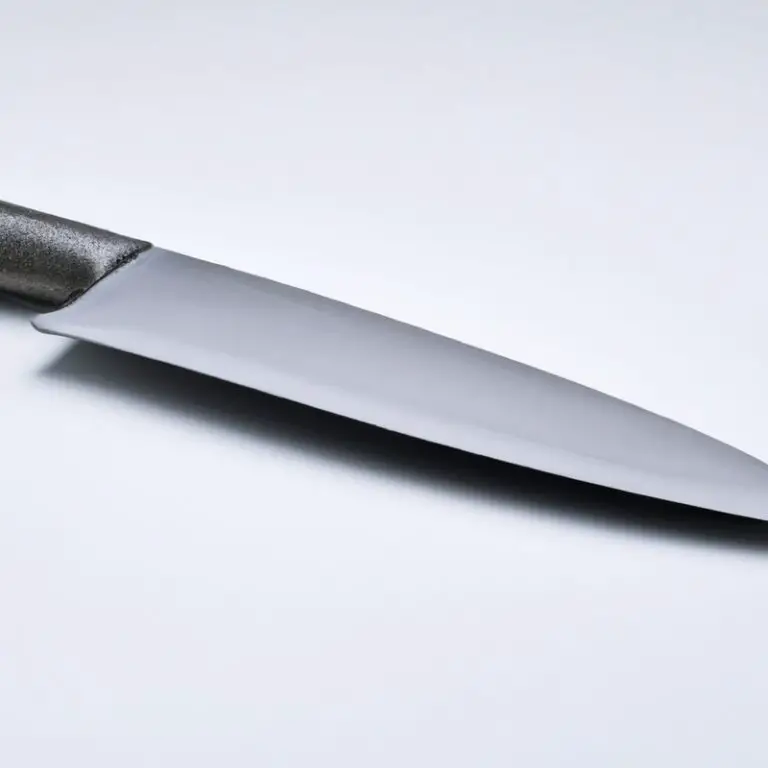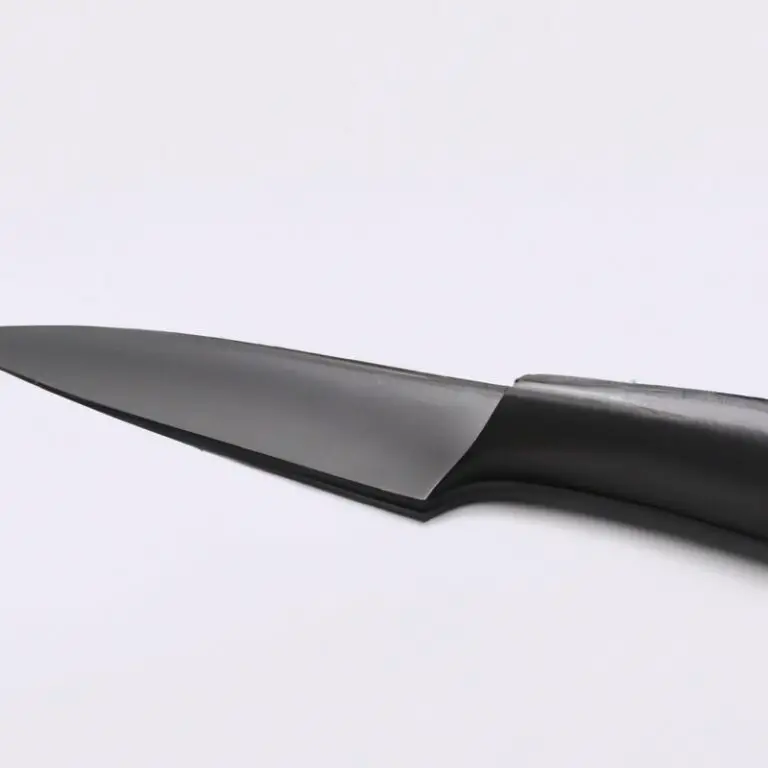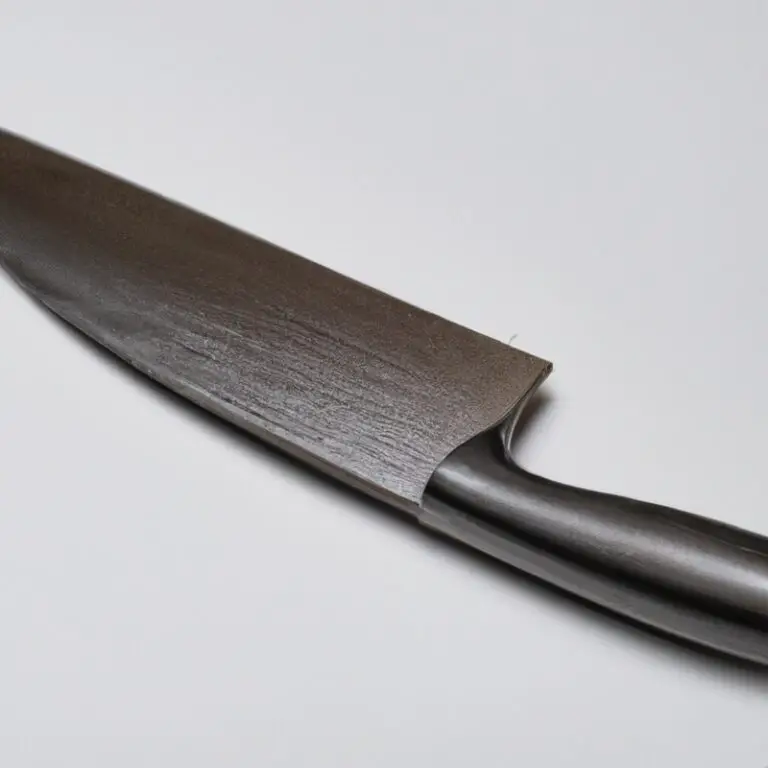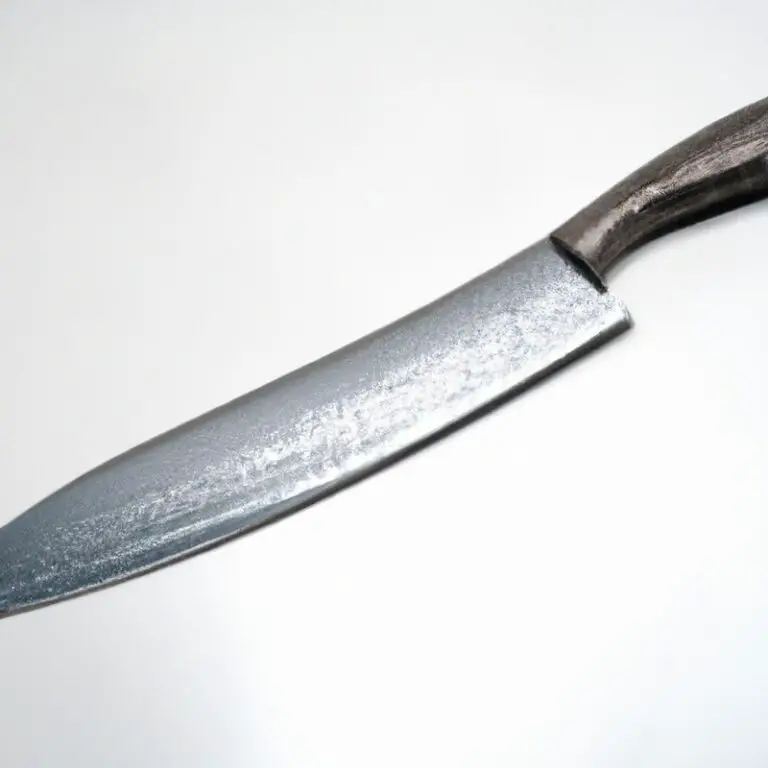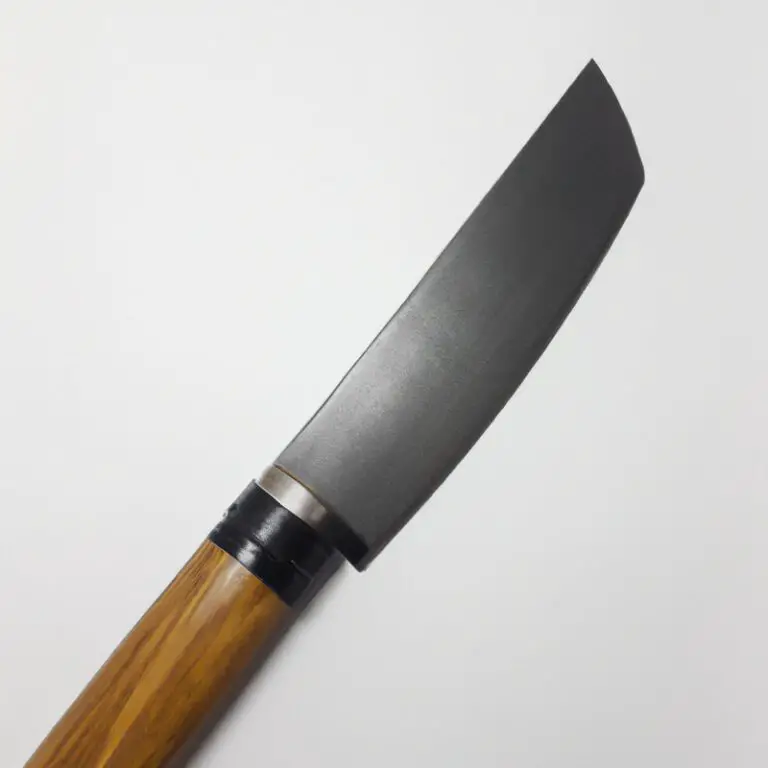How To Roll And Secure Gyuto Knives In a Knife Roll? – Expert Tips
Key Takeaways:
- Rolling and securing Gyuto knives properly in a knife roll is crucial to maintain their sharpness and durability.
- Follow specific folding techniques and use knife guards or sleeves to protect each blade individually.
- Choose a high-quality knife roll with sturdy materials and ample space for knives of different sizes.
- Always handle your knives with care and precision, whether storing them at home or taking them on-the-go.
Whether you’re a home cook or a professional chef, the Gyuto knife is a must-have. Its versatile design allows it to tackle a wide range of tasks in the kitchen.
However, storing and transporting these knives can be a challenge without the right technique.
That’s where a knife roll comes in handy. But how do you properly roll and secure your Gyuto knives in a knife roll for optimal organization and protection?
In this article, I’ll share my step-by-step instructions and professional tips for safely rolling and securing your Gyuto knives for storage and travel.
| Step | Description |
| Step 1 | Unroll the knife roll and lay flat on a clean surface with the knife slots facing up. |
| Step 2 | Place the Gyuto knife on the left side of the first slot with the blade pointing towards the closed end of the roll. |
| Step 3 | Fold the bottom flap over the knife and tuck it under the handle. |
| Step 4 | Fold the left side of the knife roll over the knife and bottom flap until the edge of the fabric lines up with the spine of the knife. |
| Step 5 | Hold the left side of the knife roll in place and fold the right side over the knife, ensuring that the blade is fully covered and the handle is tucked under the fabric flap. |
| Step 6 | Secure the knife roll by fastening the straps or ties tightly over the top, making sure that the knives are snug and cannot move around during transport. |
Understanding the anatomy of a Gyuto knife – A beginner’s guide
Understanding the anatomy of a Gyuto knife is crucial for beginners who want to use and store it correctly. A Gyuto knife typically has a thin, sharp blade between 7 to 10 inches long, and is wider towards the base and tapers off towards the tip.
Its blade is made of high-quality steel, which makes it robust, durable, and sharp for a long time.
The blade’s shape and sharpness make it excellent for chopping, slicing, and dicing vegetables, meats, and fish. The handle of a Gyuto knife is usually made of wood or synthetic materials, providing a comfortable grip for precision cutting.
The bolster, a thick band of steel between the blade and handle, provides balance to the knife and prevents fingers from slipping onto the blade.
By grasping an understanding of the essential parts of the Gyuto knife, you can handle it with care when rolling and storing it in a knife roll.
The importance of using a knife roll to store your Gyuto knives
Using a knife roll to store your Gyuto knives is important for several reasons. Firstly, a knife roll provides a safe and secure way to transport and store your knives.
The individual pockets or compartments in the knife roll keep the knives from knocking against each other, which can damage the blades and edges.
Secondly, a knife roll helps to keep your knives organized and easily accessible. Instead of digging through a drawer or knife block to find the knife you need, you can simply unroll the knife roll and select the one you want.
Thirdly, using a knife roll for your Gyuto knives can also increase their longevity.
Because they are protected from damage and kept sharp, they are less likely to become dull or chipped, which can be costly to repair or replace. Finally, a knife roll is a professional and practical way to transport your knives if you are a chef or culinary professional who frequently travels to different locations.
It is important to invest in a high-quality knife roll that will protect your knives and make them more accessible.
Choosing the right knife roll for your Gyuto knives – Material, size, and design considerations
When it comes to choosing a knife roll for your Gyuto knives, there are several material, size, and design considerations to keep in mind. Firstly, the material of the knife roll should be durable and able to withstand frequent use and potential exposure to moisture.
Leather and canvas are popular options for knife rolls as they are both sturdy and water-resistant.
In terms of size, it’s essential to choose a knife roll that can comfortably fit your Gyuto knives without them being too cramped or loose. Consider the length of your knives and choose a roll with enough pockets or slots to store all of them securely.
Additionally, the design of the knife roll is a crucial factor to consider.
Look for a roll with secure closures, such as zippers or buckles, to prevent your knives from sliding out or becoming damaged during transport. Some knife rolls also feature extra storage compartments for additional tools or accessories, which can be convenient for chefs who need to transport other items alongside their knives.
Ultimately, selecting the right knife roll for your Gyuto knives can help ensure their safety and longevity, while also keeping them organized and easily accessible for your culinary needs.
Preparing your Gyuto knives for storage – Cleaning and maintenance tips
To keep your Gyuto knives in excellent condition, it is crucial to follow proper cleaning and maintenance practices before storing them in a knife roll. Here are some tips to prepare your Gyuto knives for storage:
- Clean your knives thoroughly with warm water and mild dish soap after each use.
- Dry your knives with a soft towel and make sure to remove all moisture to prevent rust or corrosion.
- Store your knives in a clean, dry place free from humidity and moisture to avoid damage to the blades and handles.
- Apply a thin layer of mineral oil or knife-specific lubricant on the blades to prevent corrosion and protect the metal from moisture.
- Make sure to sharpen your blades regularly to maintain their sharpness and extend their lifespan.
Following these simple cleaning and maintenance tips can preserve the quality and sharpness of your Gyuto knives and keep them looking and functioning like new for years to come.
Rolling your Gyuto knives – Step-by-step instructions for a secure and organized roll
Rolling your Gyuto knives in a knife roll is a practical and efficient way to store and transport your knives safely. Follow these step-by-step instructions for a secure and organized roll:
- Clean and dry your knives: Before rolling your Gyuto knives, make sure they are clean and dry. This step will prevent rust and corrosion and keep your knives in good condition for a longer period.
- Lay the knife roll flat: Open the knife roll and lay it flat on a clean surface with the pockets facing up and towards you.
- Fold the top flap: Take the top flap and fold it towards the middle of the roll pocket, making sure that it is centered and straight.
- Position the knives: Place the largest Gyuto knife in the middle of the pocket and align it with the bottom edge of the pocket. Then, place the rest of the knives on either side, making sure that the blades face towards the middle and are equally spaced apart.
- Roll and secure: Starting from the bottom, roll the knife roll up tightly, making sure that the blades are covered and do not touch each other. Once you have reached the top, fold the top flap over the roll, and secure it with the Velcro or buckle.
Following these step-by-step instructions will help you store your Gyuto knives in a secure and organized way. Remember to handle your knives with care and use a knife roll to extend their lifespan.
Alternative storage options for Gyuto knives – Pros and cons of each
Alternative storage options for Gyuto knives include magnetic strips, knife blocks, and knife sheaths. Each option has its benefits and drawbacks.
Magnetic strips allow for quick access to your knives and take up minimal space in the kitchen.
However, they can be dangerous if not properly installed and can scratch the blades if not cared for properly. Knife blocks are a classic option for storing knives and typically keep them protected from damage.
However, they take up a significant amount of counter space and can absorb bacteria if not cleaned regularly.
Knife sheaths provide individual protection for knives and are ideal for taking them on the go. However, they can be tedious to put on and take off and can trap moisture if not dried properly.
When choosing an alternative storage option for your Gyuto knives, consider your specific needs and preferences.
Ensure that the storage method you choose is safe, effective, and will keep your knives in good condition.
Common mistakes to avoid when rolling and securing Gyuto knives
Common mistakes to avoid when rolling and securing Gyuto knives include:
- Overcrowding the knife roll: Avoid packing too many knives in one roll as this could cause the blades to scratch or damage each other.
- Incorrect placement: Place the knives with the blade facing downwards and the sharp edge facing away from the fabric. This will protect the blade and keep it from cutting through the fabric.
- Not securing the knives tightly: Loose knives can move around and rub against each other and damage the blades. Properly secure the knives in the roll to prevent this.
- Failure to clean and dry the knives: Always make sure the knives are clean and dry before storing them in a knife roll. Any moisture left on the blade could promote rust and corrosion.
- Not investing in a quality knife roll: A flimsy and poorly made knife roll will not provide adequate protection for your knives. Invest in a quality knife roll made from durable materials to ensure maximum safety and protection for your Gyuto knives.
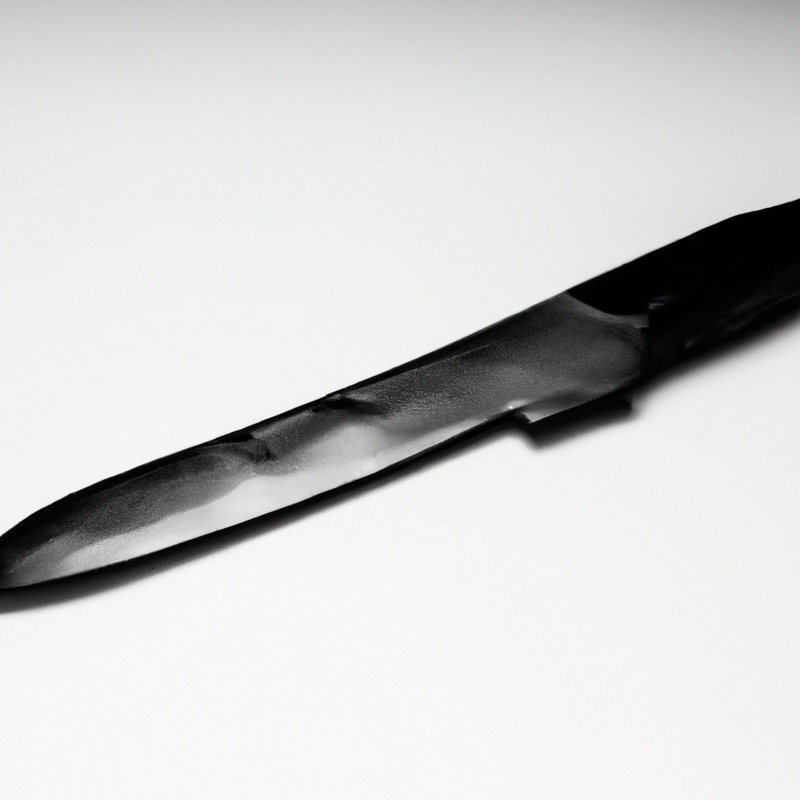
Maintaining the sharpness of your Gyuto knives – Tips for honing and sharpening
To maintain the sharpness of your Gyuto knives, regular honing and sharpening is necessary. Honing is the process of realigning the blade’s edge, while sharpening involves removing material to create a new edge.
Here are some tips for honing and sharpening your Gyuto knives:
- Use a honing rod or sharpening stone to hone the blade regularly, ideally before each use.
- Sharpen the blade using a sharpening stone or electric sharpener when it becomes dull. Follow the manufacturer’s instructions carefully.
- Maintain a consistent angle while sharpening the blade to ensure an even edge, and avoid using excessive pressure.
- Use honing oil or water when sharpening the blade on a stone to prevent overheating and avoid damaging the blade.
- Clean the blade thoroughly after honing and sharpening, and store it safely in a knife roll or other appropriate storage.
Maintaining sharpness is crucial in prolonging the life of your Gyuto knives. By honing and sharpening them regularly, you can ensure that they are always sharp and efficient.
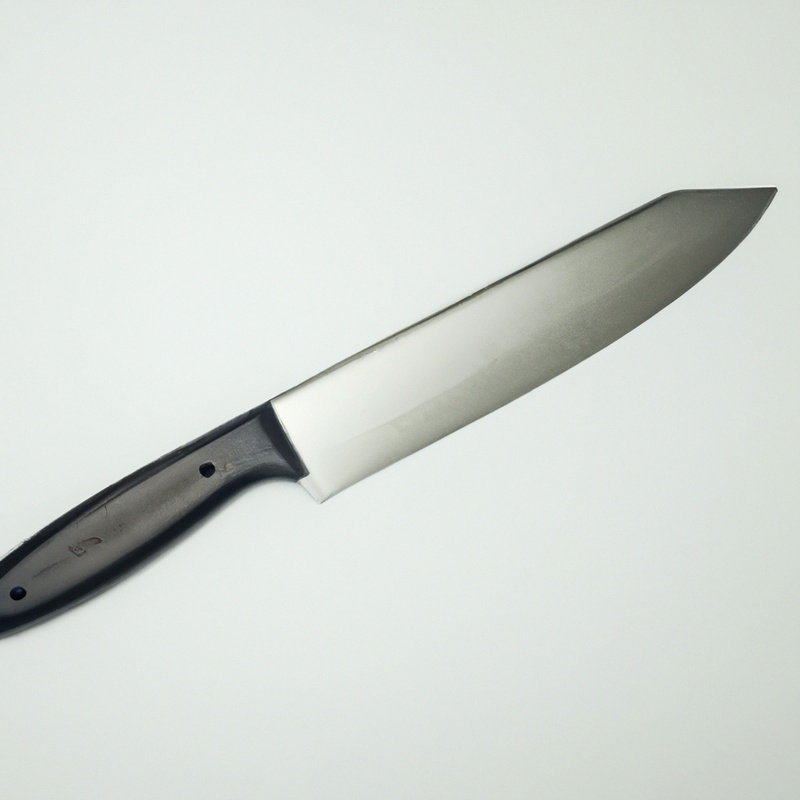
Traveling with your Gyuto knives – How to pack and transport them safely
When traveling with your Gyuto knives, it’s important to ensure that they are packed and transported safely to prevent any damage or injury. Here are some tips to keep in mind:
- Use a sturdy knife roll or case to store your Gyuto knives. Make sure it is tightly secured and won’t open during transit.
- Wrap each knife in a protective cover or blade guard to prevent them from coming into contact with each other and causing damage.
- Pack your Gyuto knives in your checked luggage rather than carrying them on the plane with you. TSA regulations prohibit sharp objects in carry-on luggage.
- If you are traveling with your Gyuto knives internationally, make sure to check the country’s laws and regulations regarding the import of knives.
- Never leave your Gyuto knives unattended in your luggage or in a public space, as they can be a safety hazard.
By following these guidelines, you can safely travel with your Gyuto knives and enjoy cooking on the go without any worries.
Choosing accessories for your Gyuto knives – Protective covers, blade guards, and more
When it comes to accessories for your Gyuto knives, it’s important to consider options that will protect the blade and maintain its sharpness. One essential accessory is a protective cover or blade guard to prevent the blade from getting damaged during storage or transport.
There are a variety of options to consider, including plastic blade guards, magnetic blade guards, and sheaths made of leather or other materials.
Plastic blade guards are affordable and come in a wide range of sizes, while magnetic blade guards have the added benefit of being easy to remove and use. Leather sheaths add a touch of elegance to your Gyuto knives and provide extra protection against scratches and dings.
Other accessories to consider include sharpening stones or honing rods for maintaining the blade’s sharpness, as well as cutting boards and knife bags for storage and transport.
In summary, when choosing accessories for your Gyuto knives, prioritize options that will protect the blade and maintain its sharpness. Consider options such as protective covers or blade guards, sharpening stones or honing rods, and storage solutions such as cutting boards and knife bags.
Final Verdict
Mastering the art of rolling and securing your Gyuto knives is crucial for their longevity and your safety. Using a high-quality knife roll made of durable material and following the proper cleaning and maintenance routine can make a significant difference in extending the life of your knives.
Remember to consistently hone and sharpen your blades and be cautious when packing and transporting them for travel.
With the right tools and knowledge, you can keep your Gyuto knives well-organized, secure, and in prime condition for all your culinary adventures. Trust in these tips and take action to protect your investment in these versatile and beloved knives.

